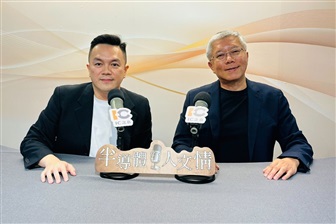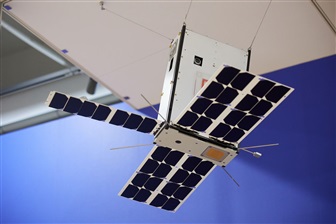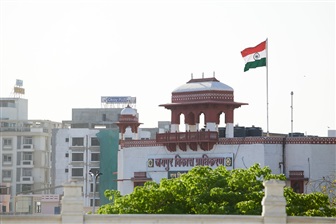Around the web
Displaying links tagged Semiconductors [back to index]
26 Jul 200725 Jul 200723 Jul 200720 Jul 2007
"...detailed plans on the non-memory chip business will be disclosed after October. But company confirmed that Hynix does not consider any other business apart from semiconductor with possibility of M&A with companies with high manufacturing capacity or venture firms with excellent technological prowess..."
The Electronic Times
Toshiba and NEC recently extended their cooperation on development of the current generation of 45nm chips, so a move to 32nm development would appear to be a natural progression. An NEC spokeswoman said the company is considering its options and there are a variety of choices.
CBS MarketWatch
"...PG&E said it has agreed to buy solar power that would come from a Solel-built facility planned for the Mojave Desert. Solel, the U.S. unit of Israel-based Solel Solar Systems, plans to build the solar site that would provide about 553MW of solar power for PG&E....the plant is slated to begin operation in 2011, covering a solar site of r 6,000 acres of desert..."
Red Herring
Company release
New York Times
Company release
AP (via Forbes)
The joint venture, expected to begin operations later this year, is to provide integrated circuit packaging and testing services, the spokesman said.
Forbes
"...executive vp of sales at Novellus said in 2008, 17 new fab buildings will start accepting equipment, and 55 total fabs will be adding capacity. The outlook is for an additional 700,000 300mm wafers starts next year, which is a 30% increase in the number of 300 mm wafer starts next year..." At the same time, memory manufacturers are retiring 200 mm fabs, taking 600,000 wafer starts per month offline this year, he said.
Semiconductor International
Using a novel technology that adds multiple innovations to a very high-performance crystalline silicon solar cell platform, a consortium led by the University of Delaware has achieved a record-breaking combined solar cell efficiency of 42.8 percent from sunlight at standard terrestrial conditions.
PhysOrg
On July 19, Verizon Wireless struck a licensing pact with Broadcom, the victor in a patent-infringement suit against Qualcomm that has led to an import ban on all new phone models containing Qualcomm's next-generation wireless chips. Under the deal, Verizon Wireless agreed to pay Broadcom a US$6-per-device licensing fee, subject to certain caps, to bypass the ban and continue importing new phones. The arrangement is unprecedented. No wireless chipmaker has ever charged a service provider for royalties on phones containing its components.
Business Week
24 Jul 2007
Company release
Company release
Company release
AFX News (via Forbes)
Company release
Company release
Company release
"...LDK expects that following installation of this equipment, the Company will have polysilicon production capacity of up to 6,000 metric tons in 2008 and 15,000 metric tons in 2009..."
Company release
Dow Jones (via StreetInsider)
Company release
"...Intel threw down the gauntlet at a panel of automated test equipment (ATE) executives, stating that ATE vendors need to become more proactive in working with chip and EDA vendors...Seth urged ATE vendors to monitor chip development and roll out next-generation test equipment when future chips are ready for production..."
EE Times
"Our inventory is extremely low, and orders from our customers have far exceeded our supply... ASP declined 46% QoQ in the second quarter but predicted prices would rise in 2H07..."
Reuters
"...ATmega48P/88P/168P/328P devices have 4, 8, 16 and 32 Kbytes of flash memory, respectively. These devices consume as little as 340 uA in active mode at 1.8V running from the internal RC oscillator at 1 MHz, 650 nA in power-save mode with real time counter running, and 100 nA in power-down mode. picoPower AVRs are pin-, performance-, and code-compatible with existing AVR microcontrollers..."
Company release
"...Researchers at New Jersey Institute of Technology have developed an inexpensive solar cell that can be painted or printed onto flexible plastic sheets...home users might eventually be able to print their own solar cells with inexpensive inkjet printers... Unlike traditional solar cells, which are made from purified silicon, these cells are made from organic compounds..."
Wired
Company release
Company release
Company release
268/506 pages







